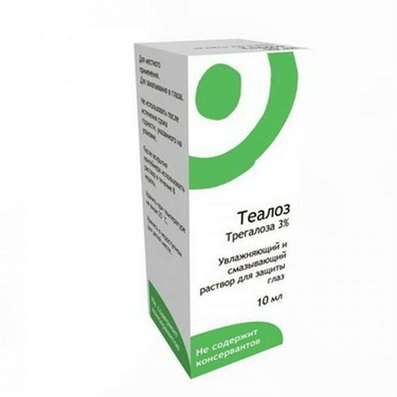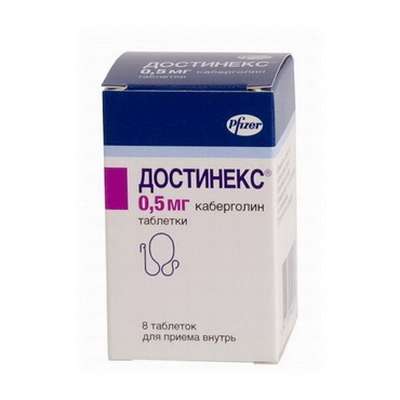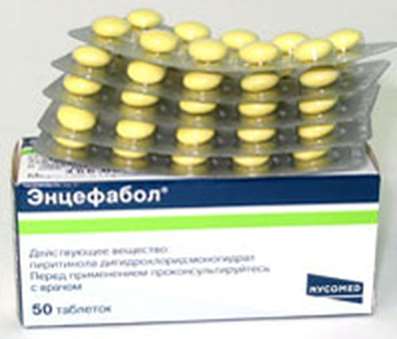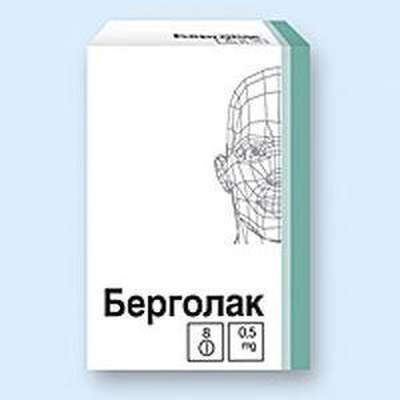FAQ: G-protein coupled receptors (GPCR)
14 Nov 2016
7 facts about the largest family of receptors
G-protein-coupled receptors (from the English G-protein-coupled receptors, GPCR.) are the largest family of receptors in the genomes of most organisms responsible for three of the five "classical" sense of humans and most animals and many alarm systems in the body. They are about 50% of existing drugs, but their therapeutic potential is just beginning to get used.
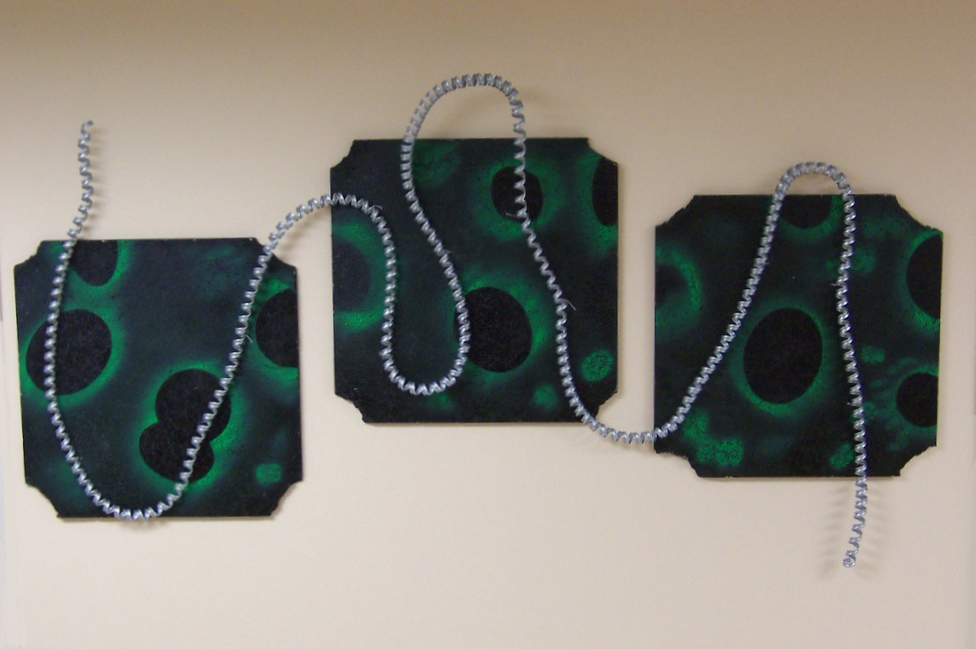
- 1.Until the autumn of 2012 nonspecialists have not heard a word - G-protein coupled receptors. It is now on everyone's lips. In short, the Nobel Prize in Chemistry in 2012 received the Robert Lefkowitz and Brian Kobilka "for studies of G-protein-coupled receptors." Lefkowitz in the late 1960s opened the first representative of the family - beta-adrenoceptor and later his disciple Kobilka identified the gene of this receptor, and found similarities with another, seemingly quite unrelated protein - the photoreceptor rhodopsin, located in the retina of the eye and allows us to see. It was quite a bold decision - to combine these and many more receptors in the same family. Even much later, it was confirmed that they have a common spatial structure.
In 2007, Kobilka achieved triumph - the exact spatial structure of the β2-adrenergic receptor was obtained. This proved to be very difficult to do - GPCR-receptors required an entirely new method for obtaining crystals suitable for X-ray analysis. In 2011, he said "the finishing touch" to his many years of work - showed how the activated receptor located in the cell membrane, interacts with G-proteins located "below" the membrane (in the cytoplasm). - 2.Why is it important to know that GPCR-receptors - a membrane protein, and what is so special in the cell membrane?
The membrane - is the main shell of life, because no living organism can not do without it. Even many viruses, about which they are still possible to argue, living or not, have a membrane. The fact that it shares the "inner world" of the cell and the rest of the space, allowing the most important reactions take place in a very limited space is relatively small depending on what is happening around. Intercellular communication, allowing the cells to form a community (in bacteria) or organisms (from multicellular eukaryotes), is also based on the membrane. This is not just a semipermeable film of lipids and complex hybrid of the lipid bilayer and the "floating" in its membrane proteins - ion channels, receptors and others. A third of the protein in the body - diaphragm. - However, membrane proteins to study the very complexity in contrast to globular proteins, well-behaved "feel" of the solution. In particular, in order to GPCR-receptor I have the correct shape and working properly, it must be located in the membrane. For a long time it was the stumbling block in the study of the structure of the G-protein-coupled receptors: in the cage of their very small, and therefore it is necessary to receive them and explore in bioengineering applications where serious difficulties arise in obtaining (expression), and delivery to the membrane-like environment and protein delivery "crystal" required for X-ray analysis, and interpretation of the diffraction data.
An important breakthrough in structural biology of GPCR-receptor managed to make our compatriot Vadim Cherezov, which in collaboration with Kobilka in 2007 was able to get a crystal genetically engineered variant of .beta.2-adrenergic receptor, using a cubic phase lipid technology. Since this method been adopted by many laboratories around the world. - 3.The membrane environment determines how membrane proteins are arranged: there are fragments of the protein chains are hydrophobic (ie, "afraid" of water and "love" to communicate with non-polar molecules - such as membrane lipids). In addition, they are packed in the α-helix, roughly perpendicular to the plane of the membrane. GPCR-receptors contain seven such segments, and therefore of the structure resembles a "snake" which makes seven bends to cross the membrane.
This fact prompted Kobilka in his time at the thought that adrenoceptor and a photoreceptor of the retina - Rhodopsin - have the general structure: analyzing the genetic sequences of these proteins, he discovered these same seven chains of hydrophobic amino acid residues in both receptors. Interestingly, when, at first glance, is very similar to the structure of these receptors respond to a wide range of chemical and physical signals. - 4.The G-protein-coupled receptors are three major families:
1. Rhodopsin family (A): here includes the photoreceptor rhodopsin, and the receptors of monoamines (epinephrine, muscarinic, dopamine, histamine, serotonin), peptides (angiotensin, bradykinin, chemokines, opioids, neuropeptides), hormones, cannabinoids, as well as odors (about 300 of these receptors). Such as are Neiromidin (Ipidacrine), Adrenaline (Epinephrine) injection, Dexamethasone.
2. Secretin family (B) receptors: these receptors neuropeptides such as calcitonin, glucagon, growth factors, and other secretin.
3. Glutamate receptor family (C): the amino acid glutamate receptor (having a "meat taste") and other taste receptors as well as receptors of calcium ions.
Total in the human genome contains nearly a thousand genes of GPCR receptors, which means that one in twenty protein in our body - it is just such a receptor. - 5.One of the most well-studied of G-protein-coupled receptor is a retinal photoreceptor rhodopsin our eyes. In the cavity between the seven transmembrane α-helices, it contains a light-sensitive retinal pigment that is capable of absorbing a photon and change their conformation (the conversion takes place cystrans). This seemingly boring chemical detail allows us to enjoy the white (and not only) light: retinal, "straightened" changes the shape of the receptor, which is "activated" and begins to interact with G-proteins (in the case of rhodopsin, the protein called transducin). Activation of transducin eventually generates a signal to the brain along the optic nerve.
- Rhodopsin - the pigment cells - "sticks", working in the dark and "turn off" a bright light. Yet, as we know, there cells "cones", which contains three other opsin, rhodopsin related to, but different in color sensitivity: they see blue, green and red colors, defining vision trihromatichnoe primates. Therefore, "in the dark all cats are gray" - "color" opsins only work in bright light, and the rhodopsin - at dusk.
Interestingly, the first was defined spatial structure is rhodopsin (this was in 2000), and not adrenoceptor. However, none of the authors of the work is not ranked in the list of Nobel Prize winners.
By the way, a cofactor retinal allocated Sangiorgi Wald in 1933 from the retina of the drug, it is a product of transformation of vitamin A, which explains the phenomenon of "night blindness", which appears when vitamin deficiency. Retinal - a single molecule, which is attached to the receptor by chemical modification (without a receptor, of course, does not react to light). In 1967 Wald received the Nobel Prize in Physiology or Medicine "for his research on the physiology and biochemistry of vision" - 6.In the absence of signal receptors are found in an inactive form. For lack of receptor signal - when it is not associated with the ligand-activator or agonist. Alternatively, the receptor can bind to the ligand-inactivator, or antagonist. So for rhodopsin and agonist and antagonist - it is one and the same molecule: retinal. Only in the dark retinal it is in cis-form and an antagonist, and the light it is transformed into the trans-form and becomes agonist. Thus rhodopsin and other opsins "feel" light.
Receptor, "feeling" the signal is activated. At the molecular level, it denotes a restructuring, "inner" (cytoplasmic) receptor side is changed so that it begins to recognize the G-protein. G-protein composed of three subunits: α, β and γ. After joining the G-protein receptor α-subunit is disconnected from the complex and is sent to the "free floating" in the process which triggers a cascade of biochemical reactions, which is the meaning of all the foregoing receptor act. A next activated receptor activates G-protein molecule, multiple amplifying the original signal, which may be a single molecule or a (!) Photon.
Obtaining the spatial structure of β-adrenergic receptor in activated form and in combination with G-protein was the "last straw", after which the Nobel Committee has decided to: "all, it's time to give." - 7.Such noise due to biochemical and biophysical studies receptor family would not have been if those studies are not anticipated breakthrough in pharmacology, coupled with the development of new drugs acting on of GPCR-receptors. With malfunction of these receptors is associated a spectrum of very common diseases, including allergy, schizophrenia, hypertension, asthma, and many other psychoses. Even today, on the G-protein-coupled receptors act according to various estimates, about half of today's medicines, and this number promises to grow strongly in the light of the active structural investigations initiated over 30 years ago Kobilka and Lefkowitz.
The fact that the modern paradigm in biochemistry says that knowing the structure, it is possible to enter in the function of "molecular machines", such as a receptor. This concept is based rational design of medicines: knowing what's inside "Castle" (receptor), and you can pick up the "key" (medicine). However, it is necessary to wipe a little rose-colored glasses: life is always more complicated schemes (especially marketing), and the development of new generations of drugs, although it facilitated a comprehensive study of receptors, still can not be reduced to it. So biologists for a long time will be something to do.

 Cart
Cart

